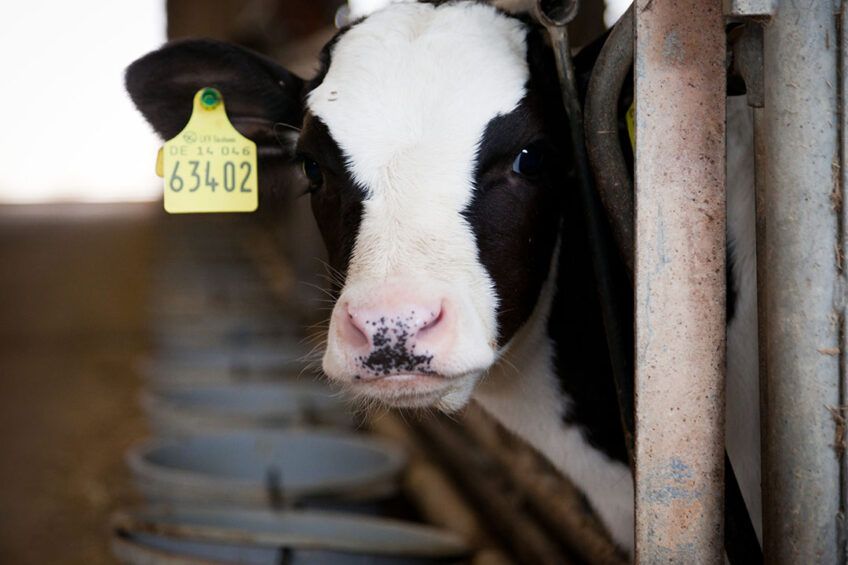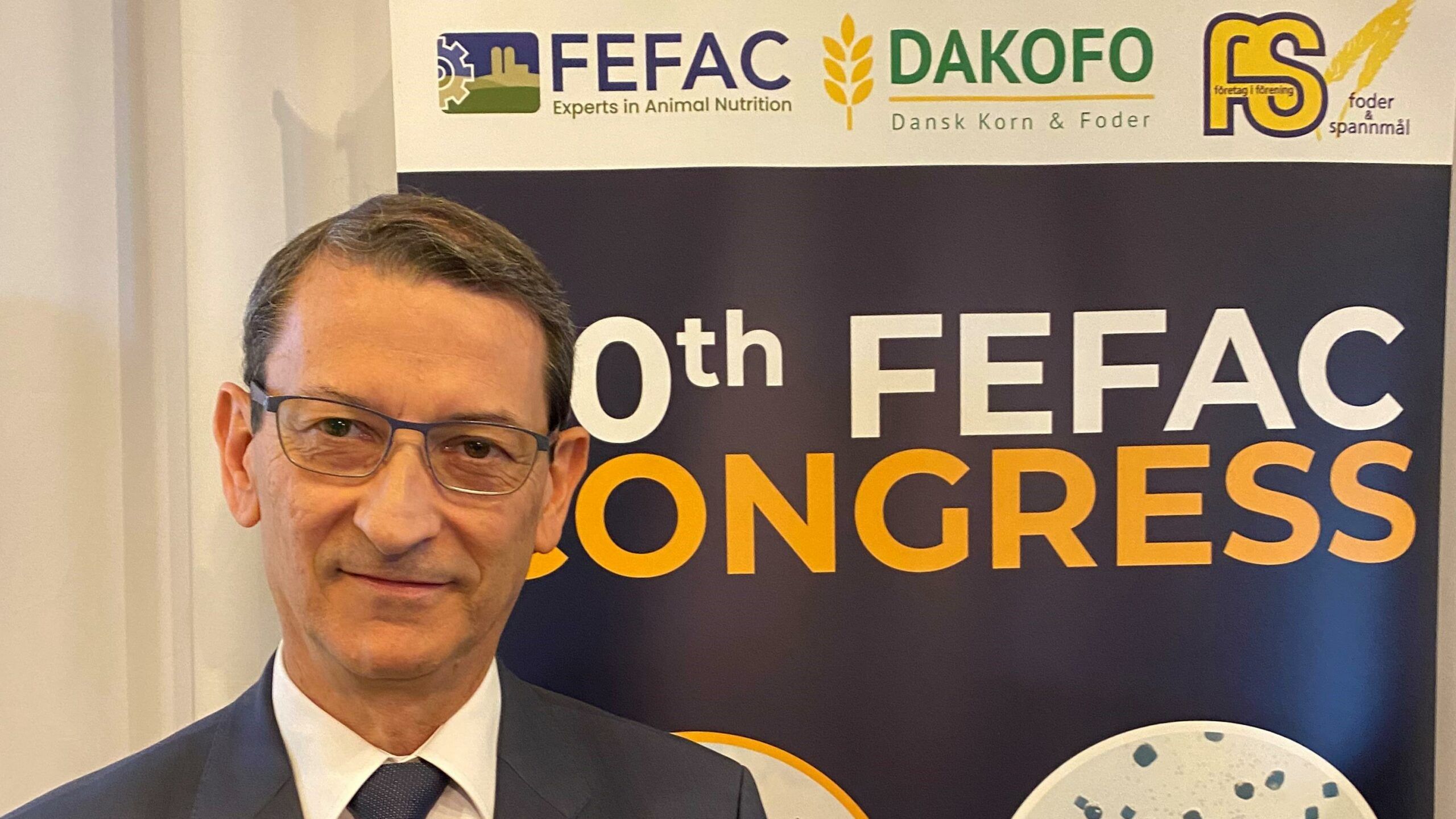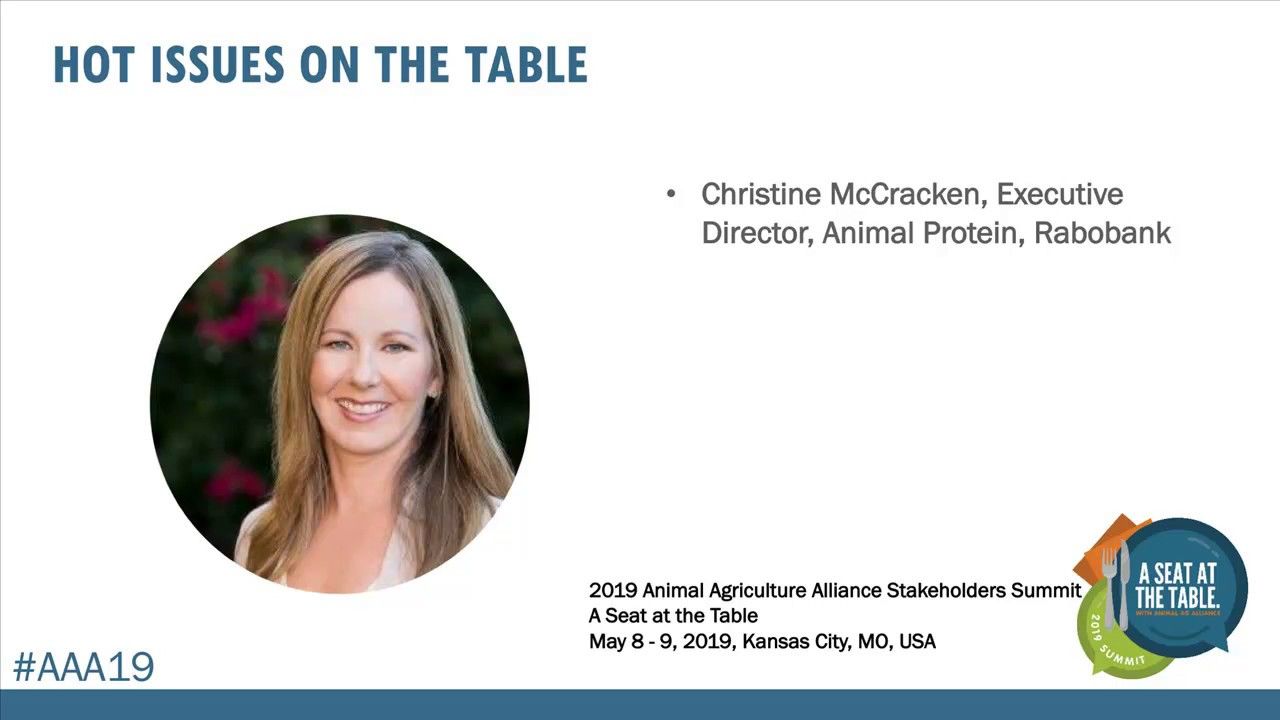Escalation of the Gaza conflict will have profound, biting and worldwide impact
Rabobank, assessing the impact of the conflict in Israel on food, energy, and fertilizer trends, says that if it is contained to the Israel and Gaza region it may not move the needle too much for energy, commodity or livestock prices. Mike Every, Rabobank’s global strategist and geopolitics expert, and Stefan Vogel, general manager RaboResearch for Australia and New Zealand, discussed the current situation in the Middle East and its potential impact for farmers in a podcast this week. If Israel moves into Gaza, and initiates a ground offensive, there is a very high probability that the Iranian backed and funded militia, Hezbollah, based in south Lebanon, would open fire on Israel and start a two-front war (these two steps have already been taken – ed.). And were that to happen, it is extremely likely that other Iranian backed forces such as militias in Yemen, in Iraq, and in Syria would also move towards the border and open fire with whatever missile forces they have. [In such a scenario] it is naive to think Iran would not press other buttons it has available at its disposal which would include trying to whip up an uprising in the West Bank and potentially even amongst Israeli Arabs.
Eventually, the conflict could spread even further, developing into a broad regional war with no easy resolution on top of the world’s major energy reserves. Oil and diesel prices would soar in such an escalation of the conflict, with oil potentially rising to $150 per barrel. “In a nutshell, if we get into that scenario, it is akin to what we saw in the 1970s after the Yom Kippur war when the Arab economies decided to restrict flows of oil to the US, and then again in 1979 after we had the Iranian revolution and the hostage crisis, when Iran did the same thing. The economic effects would be deep, biting and felt worldwide,” warned Every.
The geopolitical expert is worried about the propensity for the dominos to topple much quicker than commentators are currently predicting, as fear about security in Israel is climbing rapidly. He also outlined how there may be an incentive for other global powers such as China and Russia to support Iran and try and humiliate the US and Israel in the Middle East region, keep them bogged down in a big war, distract the US from Ukraine and also from its military build-up in East Asia to protect Taiwan. “This is not a forecast, but it is a worryingly logical set of events which, if they were to transpire, would happen faster than you think.” The implications, evidently, of such escalation of the war for the food, agriculture, and energy markets would be quite devastating.









